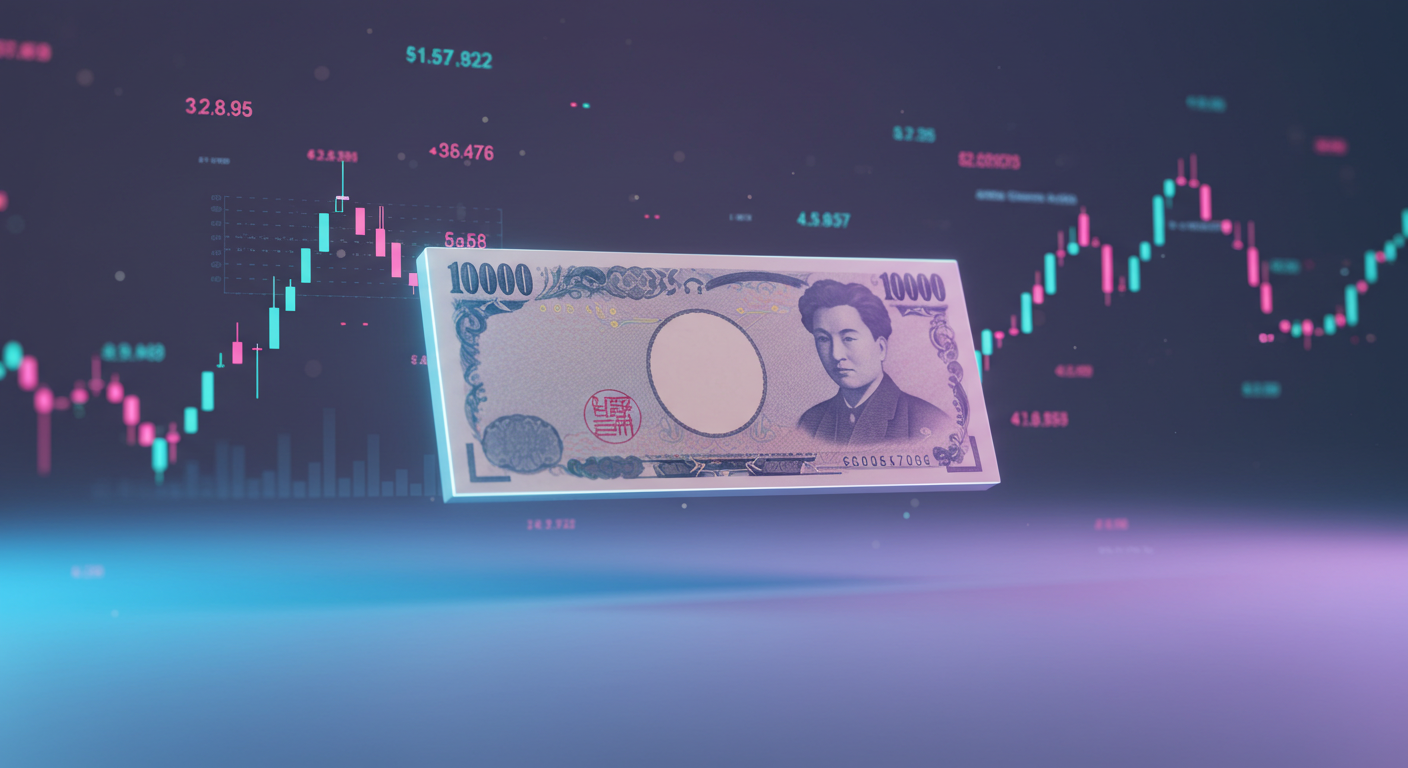Claudia Maria Buch, Chair of the ECB Supervisory Board, is scheduled to deliver a keynote speech at the 18th Finanzplatztag event in Frankfurt, Germany, on March 3, 2025. The event will focus on various topics, including the competitiveness of the German financial sector and regulatory developments.
Additional discussions will cover the impacts of cryptocurrencies, blockchain technology, and electronic financial instruments. The role of the Frankfurt financial centre will also be addressed as a vital player in the industry. It is expected that the speech may not include detailed insights on the economy or monetary policy.
Regulatory focus and financial stability
Buch’s keynote will likely shape conversations around regulatory adjustments and financial stability. Given her position, any remarks on legislation or oversight will be closely examined, particularly by those directly impacted by financial regulations. It would not be unexpected if she emphasised recent supervisory challenges, areas needing further attention, or future priorities for financial institutions.
With topics such as digital currencies and blockchain also being discussed, attendees will be looking for clarity on how these innovations fit within existing financial structures. Regulatory bodies have maintained an interest in these technologies, weighing both potential risks and advantages. Given the ongoing push for regulatory alignment across Europe, any hints about upcoming frameworks could influence sentiment in these areas.
Frankfurts position in global finance
Frankfurt’s role as a financial hub remains a subject of discussion. Its place in global finance requires ongoing assessments of competitiveness and adaptability. If the event highlights concerns about efficiency or regulation, this could impact the decision-making of firms operating in the region.
It is worth acknowledging that this meeting comes at a time when financial markets continue to absorb previous policy moves. While Buch’s speech may avoid deeper assessments of monetary policy, her perspective on oversight and the financial system’s resilience should not be overlooked. Regulatory expectations shape behaviour, and any indication of policy direction will likely prompt adjustments.
Navigating the evolving financial landscape
For those navigating shifting conditions, understanding official views on regulation and sectoral challenges will be essential. If stricter measures seem likely, it would be sensible to reassess exposure to regulated activities. Whether digital assets, institutional oversight, or broader financial stability take priority in the discussion, reactions will follow accordingly.














